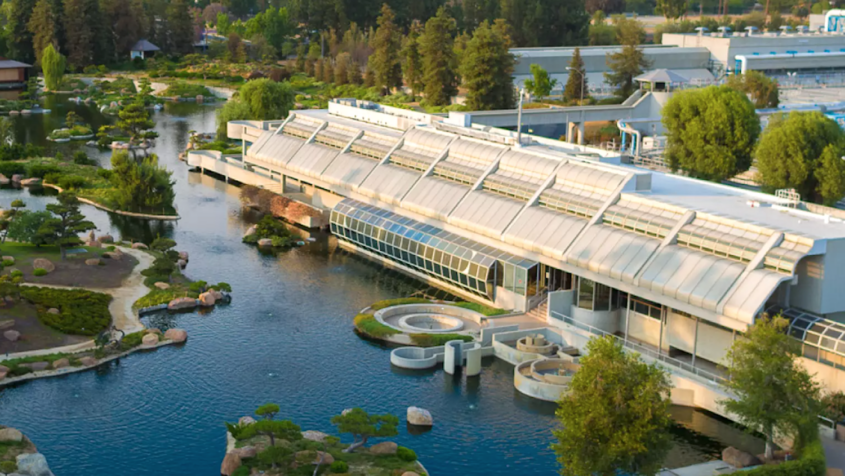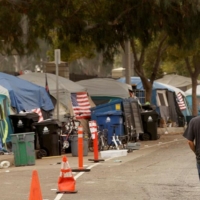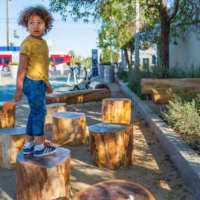Recycling Wastewater to Protect Clean Water Supply
Gregory Pierce, co-executive director of the UCLA Luskin Center for Innovation (LCI), spoke to the Los Angeles Times and LAist’s AirTalk about a new study that assesses Los Angeles’ plan to invest in a $740-million facility to recycle wastewater into clean drinking water. “Any way you slice it, our estimates are that the benefits are going to vastly outweigh the costs,” Pierce said. LCI researchers examined about 100,000 potential scenarios, including shortages caused by droughts or major earthquakes that could rupture aqueducts and cut off outside supplies. “Because climate uncertainty will be the largest driver of the city’s water shortage, the city must adapt by developing more local, reliable supplies,” he said. “It’s worth making that investment even though it’s a high cost up-front.” In a separate AirTalk appearance, Pierce, who also directs LCI’s Human Right to Water Solutions Lab, weighed in on the historical and contemporary importance of the century-old L.A. aqueduct.










The challenges in implementing Los Angeles’ $740-million wastewater recycling project include:
1. High Costs: The project requires a large upfront investment.
2. Technical Complexity: Building a safe and effective facility for recycling wastewater is complicated.
3. Public Perception: People may resist the idea of drinking recycled wastewater.
4. Regulations: Meeting strict water quality rules takes time and effort.
5. Infrastructure: Adding this system to the current water supply may need big upgrades.
6. Climate Issues: The project must handle unpredictable changes in climate.
7. Long-Term Maintenance: The facility needs to work well over time without harming the environment.
8. Natural Disasters: Earthquakes or other events could disrupt the construction or operation.
These challenges require careful planning, public support, and a long-term commitment to succeed.